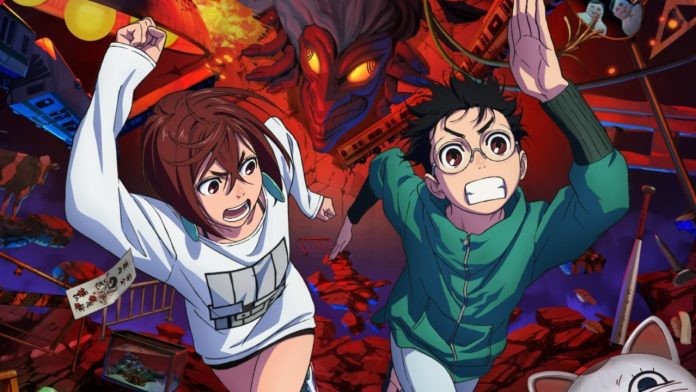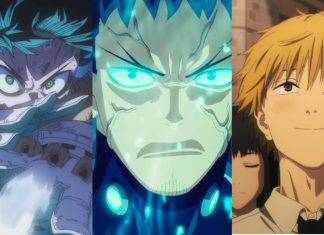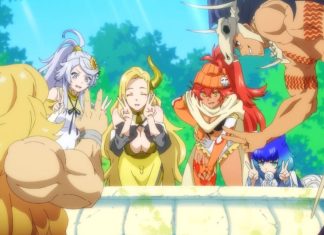In a world saturated with supernatural shonen tales, Dandadan bursts onto the scene like a turbo-charged yokai on roller skates—chaotic, unapologetic, and visually intoxicating. Created by the visionary mangaka Yukinobu Tatsu, this franchise masterfully weaves high-octane action, budding romance, and existential absurdity into a tapestry that’s equal parts hilarious and horrifying. Since its debut, Dandadan has captivated audiences across manga pages and anime screens, proving that believing in the unbelievable can lead to some of the most thrilling adventures in modern pop culture. But with its dual seasons of anime now in the rearview (and a third on the horizon), the burning question lingers: does the manga’s raw, gritty artistry eclipse the anime’s fluid spectacle, or do they harmonize in perfect, otherworldly sync?
The Franchise: From Jump+ Pages to Global Phenomenon
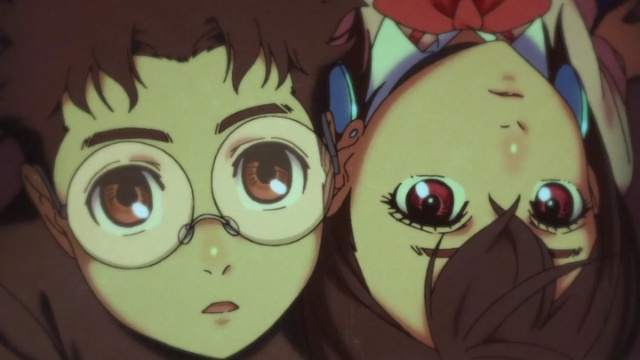
Dandadan kicked off its serialized run on Shueisha’s Shōnen Jump+ digital platform on April 6, 2021, quickly amassing a cult following for its bold fusion of urban legends and extraterrestrial mayhem. By October 2025, the manga had ballooned to 21 tankōbon volumes, with English releases rolling out via Viz Media and Manga Plus, making it accessible to a worldwide readership hungry for Tatsu’s signature blend of horror-comedy. The series’ explosive popularity paved the way for an anime adaptation announced in late 2023, helmed by the innovative studio Science Saru—known for their stylized works like Ping Pong The Animation and Keep Your Hands Off Eizouken!.
The first season premiered on October 4, 2024, delivering 12 episodes of non-stop frenzy on Japan’s Super Animeism Turbo block, with international streaming on Crunchyroll and Netflix. Season 2 followed suit from July 4 to September 19, 2025, expanding the lore with even wilder arcs, while theatrical compilations like Dan Da Dan: First Encounter (the first three episodes of Season 1) and Dan Da Dan: Evil Eye (Season 2’s opener) brought the madness to cinemas across Asia and beyond. Catchy themes from Creepy Nuts and Zutomayo in Season 1 gave way to Aina the End and WurtS in Season 2, underscoring the show’s infectious energy. With a third season already greenlit, Dandadan isn’t just a franchise—it’s a full-throttle invasion, blending yokai folklore with UFO conspiracies in a way that feels refreshingly irreverent.
Plot: A Bet That Unleashes Cosmic Chaos
At its core, Dandadan is a story about clashing worldviews igniting a supernatural powder keg. High schooler Momo Ayase is your classic ghost enthusiast—tarot cards, seances, the works—but she scoffs at little green men. Her classmate, the awkward Ken Takakura (better known as “Okarun” for his occult-obsessed vibes), flips the script: aliens are real, spirits are bunk. What starts as a petty bet to haunt each other’s sacred sites spirals into pandemonium when Momo gets zapped by extraterrestrials, awakening her dormant psychic powers, and Okarun falls prey to a vengeful spirit possession.
From there, the duo—now a reluctant tag-team of ghost-busters and alien exterminators—dives headfirst into a whirlwind of yokai skirmishes, UFO abductions, and cursed artifacts. Early arcs pulse with Okarun’s desperate quest to reclaim a personal “loss” tied to his possession, shifting gears to Momo’s nightmarish curse that literally shrinks her from existence. As they rally allies from school cliques to eccentric family, the narrative balances pulse-pounding battles against entities like speed-demon grannies and psychic parasites with tender moments of teenage awkwardness. It’s Jujutsu Kaisen meets X-Files with a rom-com chaser: every victory unearths deeper mysteries, while the protagonists’ simmering attraction adds a layer of heartfelt vulnerability to the frenzy. Spoiler-free verdict? It’s a plot that never pulls punches, evolving from isolated scares to an interconnected web of cosmic threats that keeps readers (and viewers) guessing.
Characters: A Rogues’ Gallery of Weirdos and Warriors
Dandadan‘s strength lies in its ensemble, a motley crew of misfits whose quirks amplify the story’s blend of terror and tenderness. Leading the charge is Momo Ayase, the fiery, no-nonsense protagonist whose psychic blasts and unyielding spirit make her a force of nature. Voiced with gravelly gusto by Nanako Mori in the anime, Momo’s evolution from skeptic-baiter to supernatural linchpin grounds the chaos in relatable teen grit.
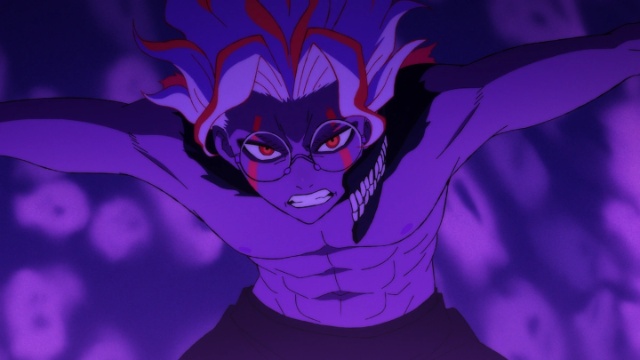
Her foil, Ken “Okarun” Takakura (Shun Horie in the dub), is the lanky alien nerd turned turbo-powered host to a mischievous spirit. His wide-eyed enthusiasm clashes hilariously with his possession’s wild side, turning him into a reluctant hero whose growth arc tugs at the heartstrings. Together, they form the franchise’s beating pulse—the “Family,” a ragtag group that expands to include Seiko Ayase, Momo’s chain-smoking grandma and exorcism expert, whose tough-love wisdom (and arsenal of occult gadgets) steals scenes.
Villains like Turbo Granny—a cackling yokai granny with Mach-speed dashes and a penchant for vulgar taunts—blur the line between foe and frenemy, injecting dark humor into the mix. Supporting cast members, such as the jealous transfer student Aira Shiratori, the loyal Jiji (Momo’s childhood friend with his own hidden depths), and the bumbling Kinta, flesh out the world with interpersonal drama that rivals the otherworldly brawls. Each character pops with Tatsu’s knack for exaggerated expressions and layered backstories, making Dandadan feel like a living, breathing (if slightly haunted) high school.
Manga vs. Anime: Does Static Art Trump Animated Spectacle?
Here’s where Dandadan sparks endless debates: in the eternal manga-anime tug-of-war, does the source material’s pen-and-ink mastery outshine the screen’s kinetic flair? The short answer? The manga’s art is a beast unto itself—raw, shadowy, and meticulously detailed—often edging out the anime in sheer stylistic punch, cementing Dandadan as a prime example of a series where the printed page reigns supreme for artistic depth.
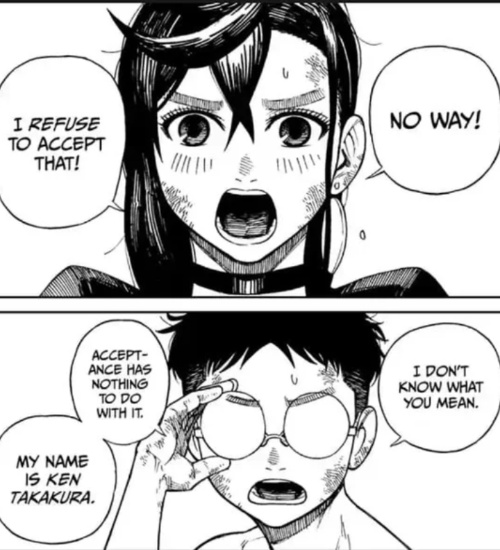
Tatsu’s manga employs a gritty, high-contrast aesthetic: think dense cross-hatching for shadowy yokai lairs, exaggerated distortions for comedic beats, and fluid linework that captures the uncanny valley of alien horrors with eerie precision. Panels burst with texture—sweat-slicked brows, tattered uniforms, and grotesque entity designs that linger like nightmares. This monochrome intensity amps up the horror-comedy balance, making quiet dread hit harder amid the slapstick. Fans rave about its “beautiful shading” and unfiltered edge, a style that’s evolved Tatsu’s earlier works like Graveyard Wanderers into shonen royalty.
The anime, courtesy of Science Saru, doesn’t fumble the handoff—it’s a love letter that amplifies the madness with color and motion. Brighter palettes flood the screen: cool blues for alien incursions, fiery reds for yokai rampages, turning static splashes into explosive set pieces. Iconic moments, like Turbo Granny’s chariot chase, get remixed with orchestral swells and physics-bending camera work, elongating fights for maximum adrenaline while softening the manga’s sarcasm into broader, wackier gags. Subtle tweaks, like early teases of character forms via end credits, build hype that the manga saves for later reveals. Yet, this vibrancy can feel “too bright,” diluting the source’s grittier shadows and detailed grit in favor of smooth gradients and exaggerated flair. Plot-wise, the adaptation stays faithful, nixing only minor cultural nods (e.g., swapping Obama refs for generics) to skirt real-world drama.
Ultimately, the manga edges out for art lovers craving that tactile, uncompromised vision—Tatsu’s style is a standout in shonen, rivaling the intricate linework of Chainsaw Man or Blue Box. The anime excels as an enhancer, breathing life into the pages without overshadowing them, but it can’t replicate the intimate punch of flipping through those inked horrors. If you’re team manga, it’s the superior canvas; for motion junkies, the anime’s a riotous upgrade.
Final Verdict: A Franchise That Defies Gravity
Dandadan isn’t just another supernatural romp—it’s a genre-bending juggernaut that challenges beliefs on every level, from its dual-threat lore to its art that refuses to play it safe. With a plot that hooks you on disbelief and characters who feel like old friends (or ancient curses), it earns its spot as a modern essential. And yes, in the pantheon of adaptations where manga art often steals the spotlight—like One Punch Man or Mob Psycho 100—Dandadan proudly waves the flag for the originals. Dive in via manga for the unfiltered artistry, or binge the anime for the full-throttle thrill. Either way, prepare to question everything… especially that shadow in your peripheral.
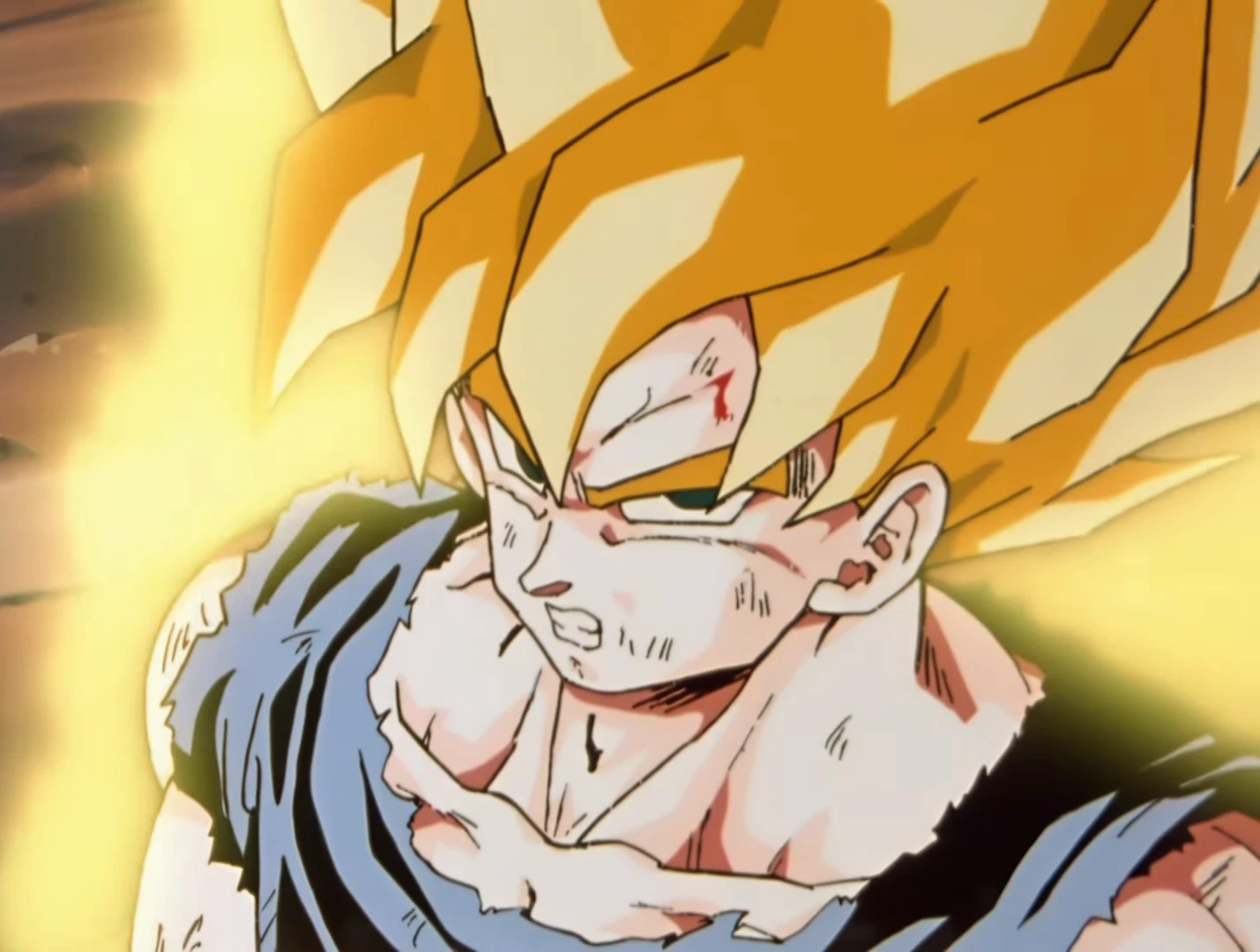
Hello, I am a huge anime fan with a decent experience in writing articles regarding the anime industry.
